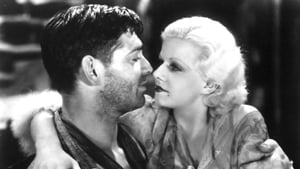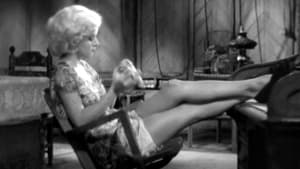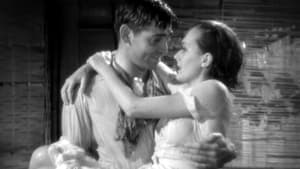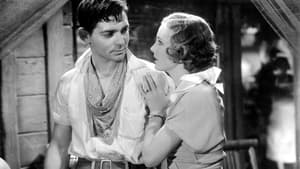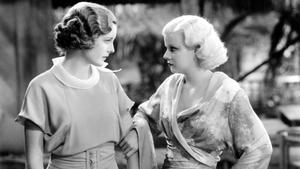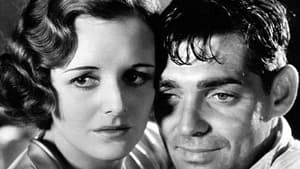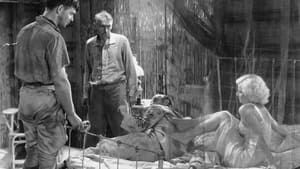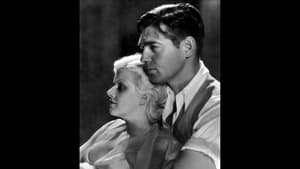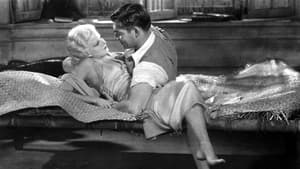Video Sources 0 Views
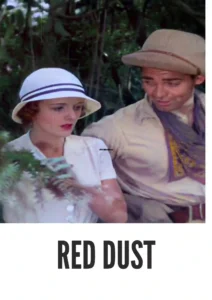
Synopsis
Love and Lust on a Rubber Plantation: Red Dust (1932) in Stunning Color

Dive into the scandalous romance of Red Dust, a steamy pre-code drama from 1932, now beautifully colorized for a mesmerizing viewing experience. Starring Clark Gable and Jean Harlow, this film delivers a potent mix of lust, love, and adventure set against the backdrop of a Indochina rubber plantation. Perfect for fans of classic cinema and bold storytelling, this HD download brings a controversial and captivating piece of Hollywood history to your screen.
Red Dust Storyline: A Love Triangle in the Tropics
Red Dust tells the story of Dennis Carson (Clark Gable), a rugged and charismatic rubber plantation owner in Indochina. His life takes a dramatic turn with the arrival of two very different women: Vantine Jefferson (Jean Harlow), a witty and vivacious woman escaping her past, and Barbara Willis (Mary Astor), a refined and recently married woman.As the monsoon season intensifies, so does the attraction between Dennis, Vantine, and Barbara, leading to a complex love triangle fueled by desire and jealousy. Dennis finds himself torn between the raw sensuality of Vantine and the gentle charm of Barbara. The film explores themes of passion, loyalty, and the challenges of love in an exotic and unforgiving environment. The film culminates in a dramatic climax, forcing each character to make difficult choices. Ultimately, Red Dust is a provocative and unforgettable tale of love and survival.
Movie Cast
The film features a stellar cast of actors who bring this torrid story to life:
- Clark Gable as Dennis Carson
- Jean Harlow as Vantine Jefferson
- Mary Astor as Barbara Willis
- Gene Raymond as Gary Willis
- Donald Crisp as Guidon
Movie Genre
Red Dust falls into the genre of steamy pre-code romance, with elements of adventure and drama that are characteristic of early Hollywood. Its daring themes and exotic setting make it a captivating and engaging film.
Historical Context: Pre-Code Hollywood
Released in 1932, Red Dust represents a high point in Hollywood’s pre-code era, a time when studios pushed boundaries and explored controversial subjects with unprecedented freedom. The film was produced during a period when American cinema was experimenting with new forms of storytelling and challenging traditional moral standards. While Red Dust is celebrated for its bold portrayal of sexuality and its strong female characters, it offers valuable insights into the cultural and artistic landscape of the early 1930s.
Colorization Details
This colorized version of Red Dust has been meticulously restored using modern digital techniques, enhancing the visual appeal while preserving the film’s original atmosphere of heat and passion. The colorization process involved carefully analyzing the grayscale tones of the original black and white footage and assigning appropriate colors to each scene. This painstaking process brings new life to the characters and settings, making the story even more engaging for modern audiences. While some may debate the merits of colorizing classic films, it introduces these films to a broader audience, ensuring their legacy for future generations.
Technical Details
- Director: Victor Fleming
- Screenplay: John Lee Mahin
- Story: Wilson Collison
- Cinematography: Harold Rosson
- Edited by: James E. Newcom
- Production Company: Metro-Goldwyn-Mayer (MGM)
- Distributed by: Metro-Goldwyn-Mayer (MGM)
- Runtime: 83 minutes
Technical Specifications
- Download Format: MP4
- Resolution: HD (1080p)
- Compatibility: Compatible with most devices, including smartphones, tablets, computers, and smart TVs.
Reviews and Critical Reception
Red Dust (1932) is widely regarded as a classic of the pre-code era, celebrated for its daring themes, strong performances, and exotic setting. The film was a major box office success and helped solidify the careers of Clark Gable and Jean Harlow. As a provocative and unforgettable film, Red Dust remains a significant work in the history of Hollywood cinema.
FAQs
- Q: What is Red Dust about?
- A: Red Dust is a steamy pre-code romance about a rubber plantation owner caught in a love triangle with two very different women.
- Q: Is Red Dust (1932) a controversial film?
- A: Yes, Red Dust was considered controversial for its bold portrayal of sexuality and its challenge to traditional moral standards.
- Q: Is this version of Red Dust colorized?
- A: Yes, this version has been professionally colorized to enhance the viewing experience.
- Q: What makes Red Dust interesting for classic film fans?
- A: Red Dust offers valuable insights into the pre-code era of Hollywood and features strong performances from Clark Gable and Jean Harlow.
- Q: What is the download format?
- A: The download format is MP4, which is compatible with most devices.
- Q: What resolution is the download?
- A: The resolution is HD (1080p), providing a high-quality viewing experience.
Download Now in HD!
Watch Red Dust Today!
